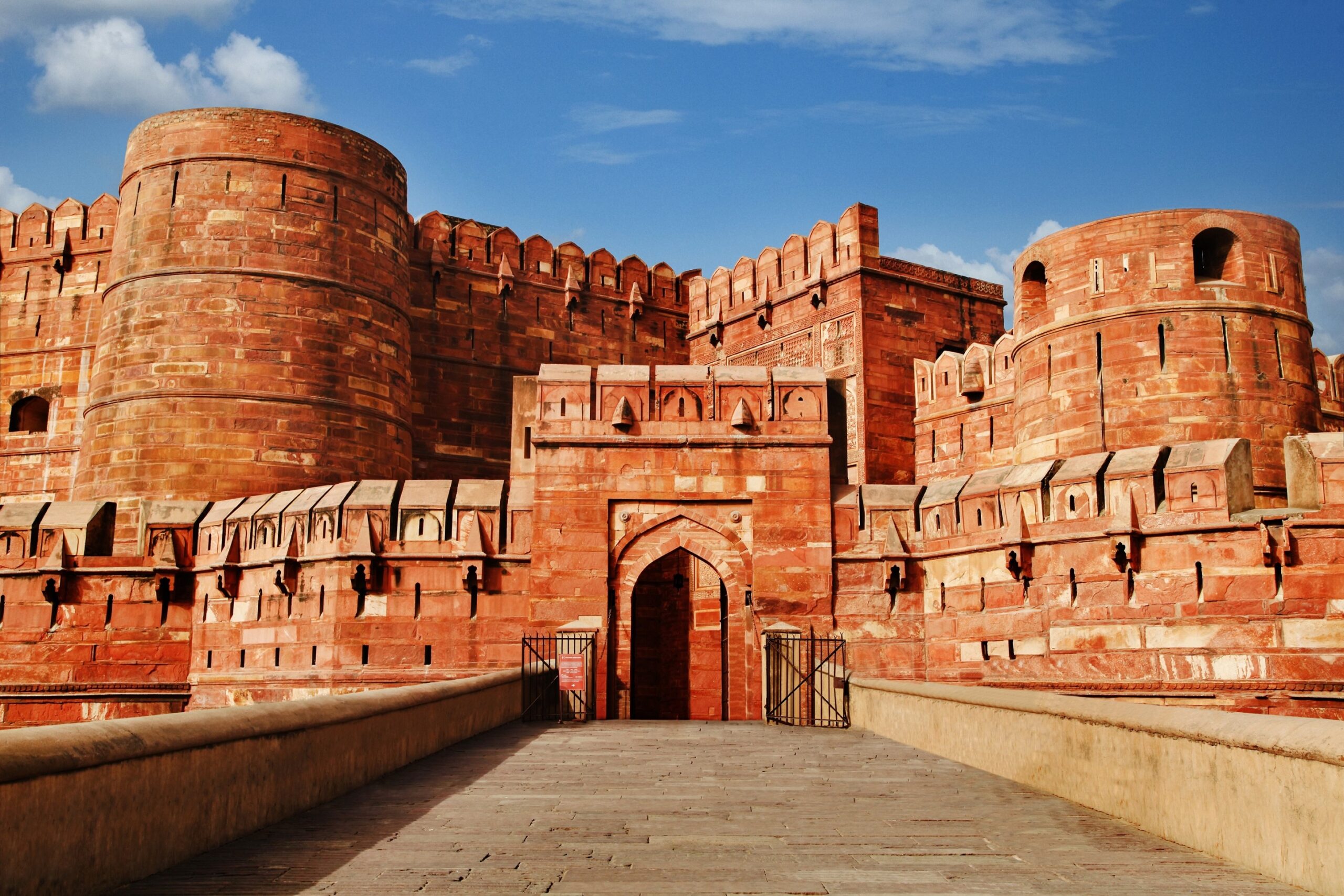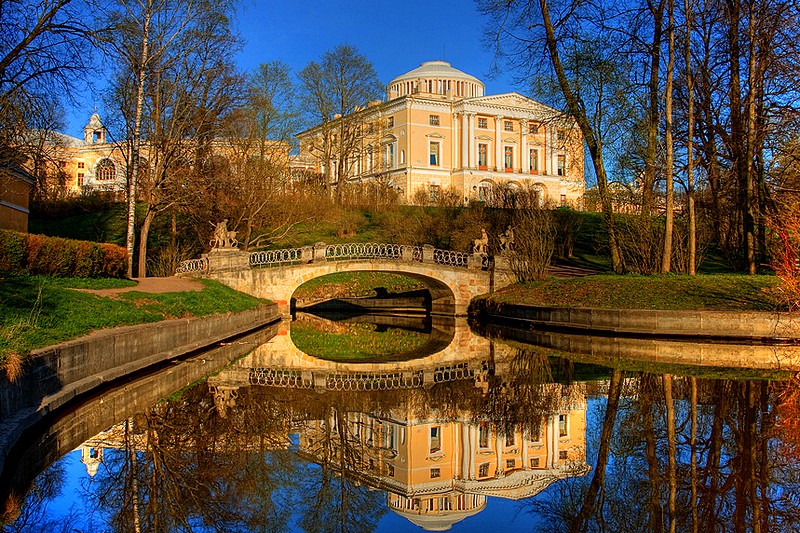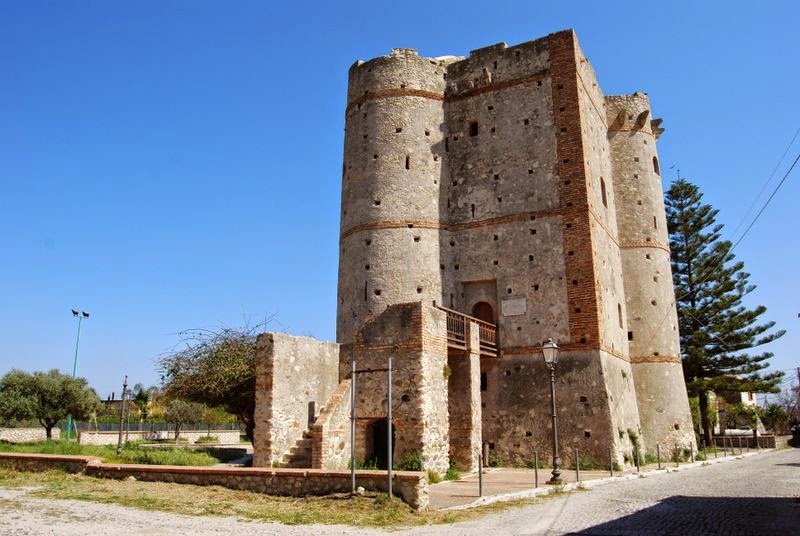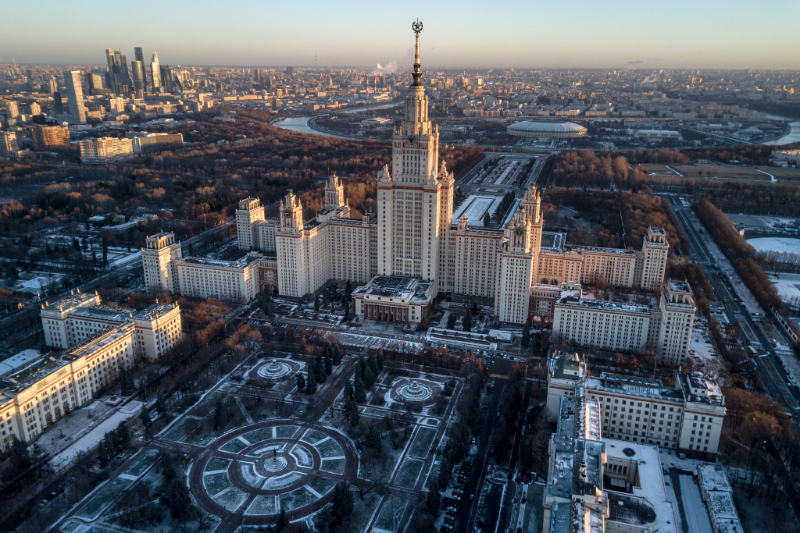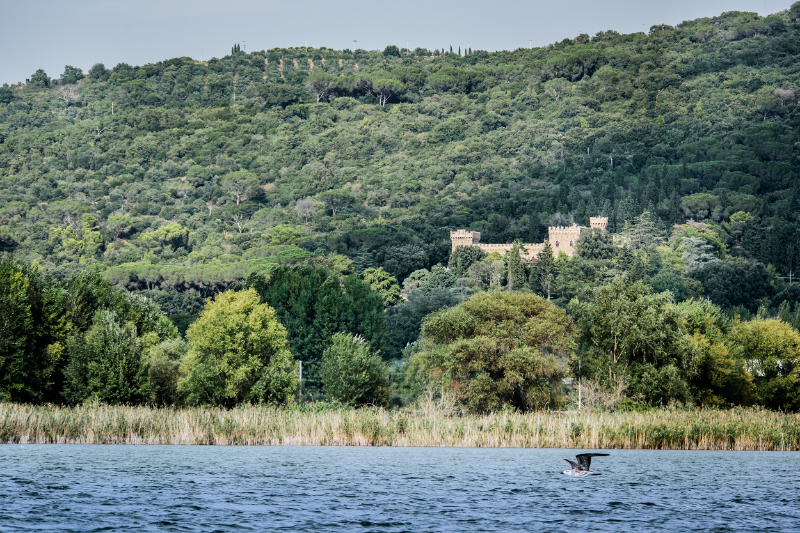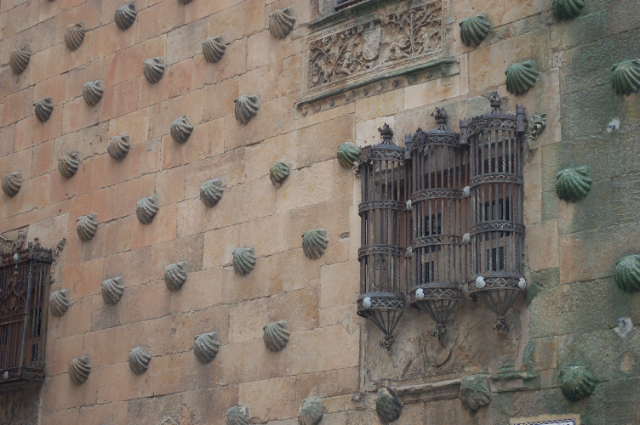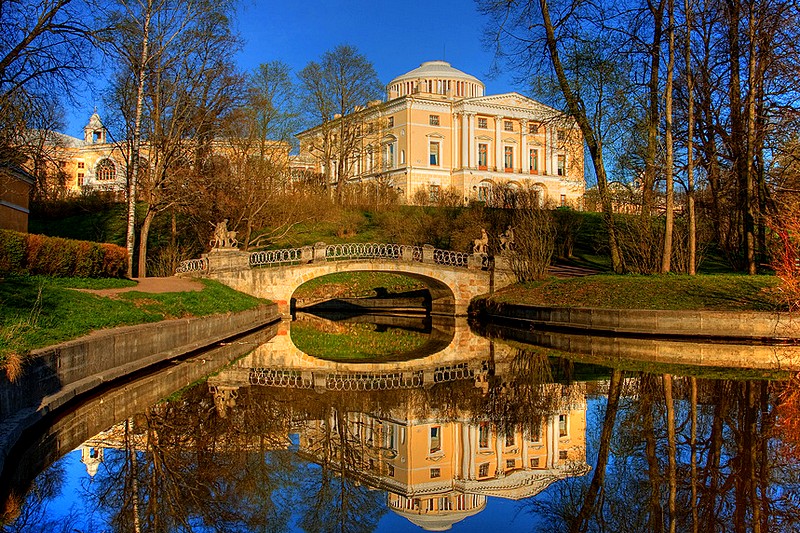The agra fort is one of indias most impressive and important forts and palace. Agra fort, also called red fort, large 16th-century fortress of red sandstone located on the yamuna river in the historic city of agra, west-central uttar pradesh, north-central india. It was established by the mughal emperor akbar and, in its capacity as both a military base and a royal residence, served as the seat of government when the mughal capital was in agra. The structure, a contemporary of humayuns tomb in delhi (about 125 miles [200 km] to the northwest), reflects the architectural grandeur of the mughal reign in india. The fort complex was designated a unesco world heritage site in 1983. Situated on the site of earlier fortifications, it lies on the right bank of the yamuna river and is connected to another of agras renowned monuments, the taj mahal (downstream, around a bend in the yamuna), by a swath of parkland and gardens. The fort was commissioned by akbar in 1565 and reportedly took eight years to construct. The walls of the roughly crescent-shaped structure have a circumference of about 1.5 miles (2.5 km), rise 70 feet (21 metres) high, and are surrounded by a moat. There are two access points in the walls: the amar singh gate facing south (now the only means in or out of the fort complex) and the delhi gate facing west, the original entrance, which is richly decorated with intricate marble inlays. Many structures within the walls were added later by subsequent mughal emperors, notably shah jahan and jahangir. The complex of buildingsreminiscent of persian- and timurid-style architectural featuresforms a city within a city.
Among the major attractions in the fort is jahangirs palace (jahangiri mahal), built by akbar as a private palace for his son jahangir. It is the largest residence in the complex. The pearl mosque (moti masjid), constructed by shah jahan, is a tranquil and perfectly proportioned structure made entirely of white marble.
